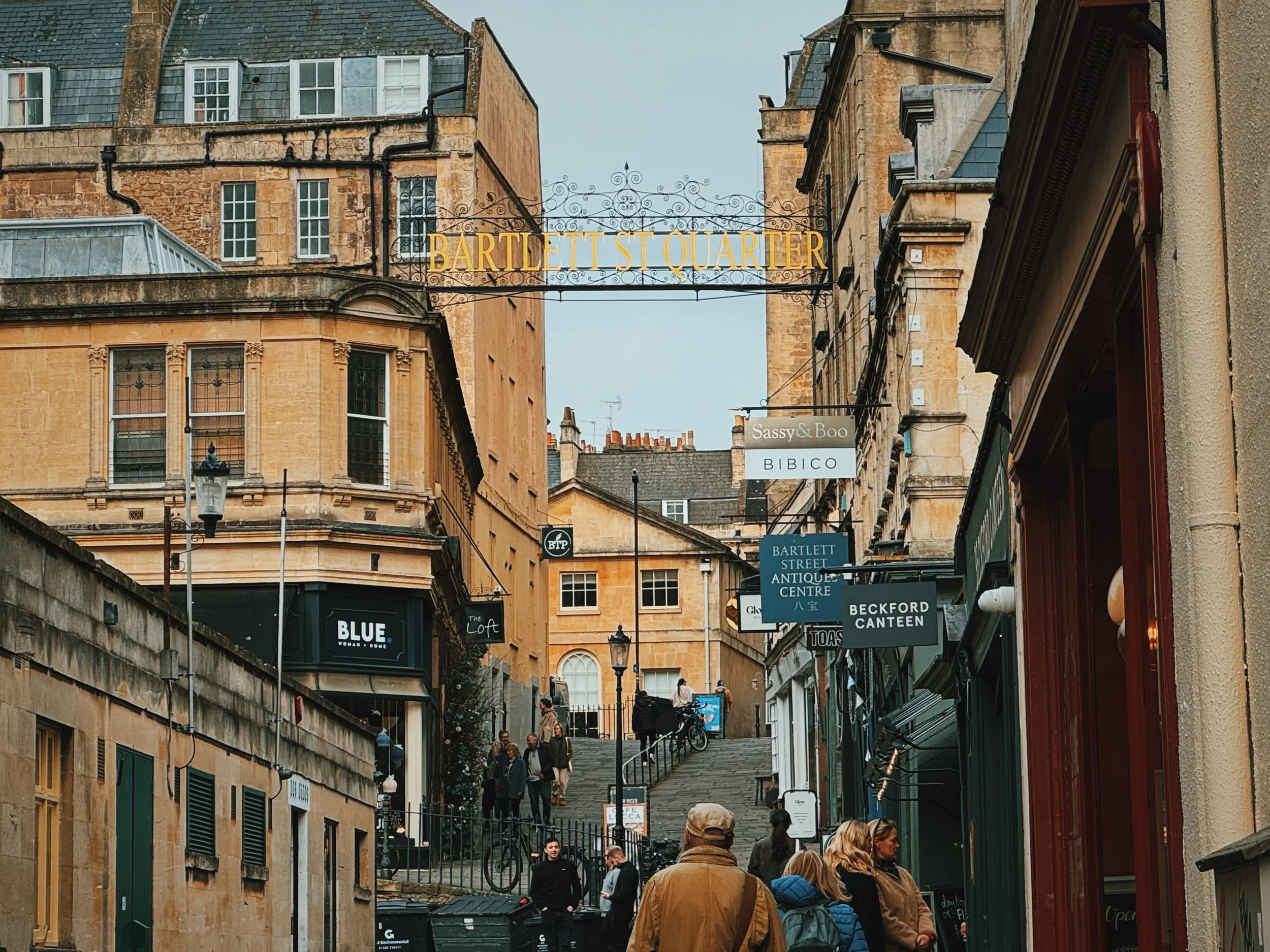on the formation of global view, and honouring heritage
Traditional West African baskets, that I admit that I bought here in the States. The one in the middle is from D+K Renewal, an amazing online indie shop, and the two on either end I bought at … wait for it … Whole Foods supermarket.
When I was a young girl, my father traveled all over the world as part of his job as an engineer in the oil & gas industry. On these trips he would usually buy my younger sister and me a souvenir, often a small plastic doll dressed in the national costume of whatever country he visited. I treasured these dolls, and would often dream of their real-life counterparts. I admit in my childish mind all little Dutch children ran around wearing wooden shoes that turned up at the toes. All little Spanish girls wore grand twirling flamenco dresses and carried lacy fans. All little Mexican children wore serapes or mariachi costumes. Egyptian children all dressed just like the hieroglyphs I’d read about in our home encyclopedia set.
(For some reason my mind didn’t make the connection that since I’d never seen any of my family members wear the midriff tops and ruffled sleeves that the Trinidadian dolls wore, perhaps these dolls weren’t exactly true to day-to-day reality.)
Despite my vaguely distorted image of kids around the world (and let’s face it, a trip to DisneyWorld’s It’s a Small World exhibit at 10-years-old didn’t help), I know that my desire to visit all of these countries around the world arose in me at a very young age. In addition, I would hear the stories of all the different nationalities that made up my own family history and heritage. I’d grown up identifying my paternal grandmother as Chinese-Trinidadian (and I remember my great-grandfather, her father, using an abacus as a cash register in his small shop — and he was fast). I knew my grandfather’s grandparents were freed slaves from Barbados. And my mother told me that her grandfather was from East India. There were even rumours of a Scottish aunt and Arawak (Taíno) relatives somewhere in my family tree, but no one could definitively say how I was related to them. Still, I was intrigued. But often, when others asked about my own heritage, I would claim West African, Chinese and Indian, and then have to mumble that there was more that I didn’t really know about.
Finally, a few years ago, I decided to do a DNA test via 23andme, to see if I could definitively determine what countries were represented in my bloodline. And honestly, the results were both illuminating and mystifying.
That my West African heritage is front and centre is no surprise — the percentage was slightly higher than I would’ve guessed, but since most of the slaves of the Caribbean from whom I’m descended came from West Africa, it makes sense. I was shocked, however, that there was as much European DNA in my bloodline as there is — almost as much as my Asian heritage, and while I could certainly point to my grandmother as the source of my Asian blood, I don’t have any relatives who are related by blood who I would describe as white. And speaking of my Asian heritage, it turns out that I’m less Chinese and more Southeast Asian — countries that include Myanmar, Thailand, Indonesia, Laos, Cambodia … what? And that Korean and Arabian show up at all is a surprise as well.
As I look at these results, especially considering how incredibly global they are, I began to wonder about the thousands of stories that are behind how I came to be, as well. I mean, there are clearly stories of violence in my history — kidnapping and rape, at the very least — but there are also stories of amazing resilience. Strength. Resolve. And adventures to foreign lands — my own immigrant family is testimony to this.
Needless to say, my must-visit list of countries grew by quite a few after I received my results.
It’s for this reason that travel has always been important to our family — and quest to continue to learn more about global cultures is one of the values of our family. And as we get closer and closer to moving back home, I think about what I want our home to look like, and how I can instill this global curiosity in our daughter. I don’t think they make those dolls anymore (and really, in hindsight, they were a little creepy), so Alex is unlikely to develop her own collection, but in replacing all of our belongings, I’d love for Alex to grow up in a home that is filled not only with souvenirs of our travels (which we did manage to save), but also art that is reflective of our own cultures that run in our own veins. And given that Marcus is English/Irish, and our daughter’s biology is Mexican and Afro-Colombian, there are even more layers to the cultures that live on in our family than just my 23andme results. So this means that as much as I admire the idea of a house with decor that is monochromatic-spa-like-Zen, the truth is that we’re far more likely to have a home that looks more like a global bazaar.
But this is more than fine — in fact, it feels real. Because the adage that “we are all connected” is more than just a philosophical idea in our house. It’s biological and physical fact.
I’m curious — I realize that my history and heritage are pretty unusual — how have you guys developed your own world views? Have they been shaped by travel? Heritage? Personal relationships? I’d love to read your comments about this — please feel free to share them, below.
Soundtrack: One Love by Sara Tavares











a reminder of cadence.